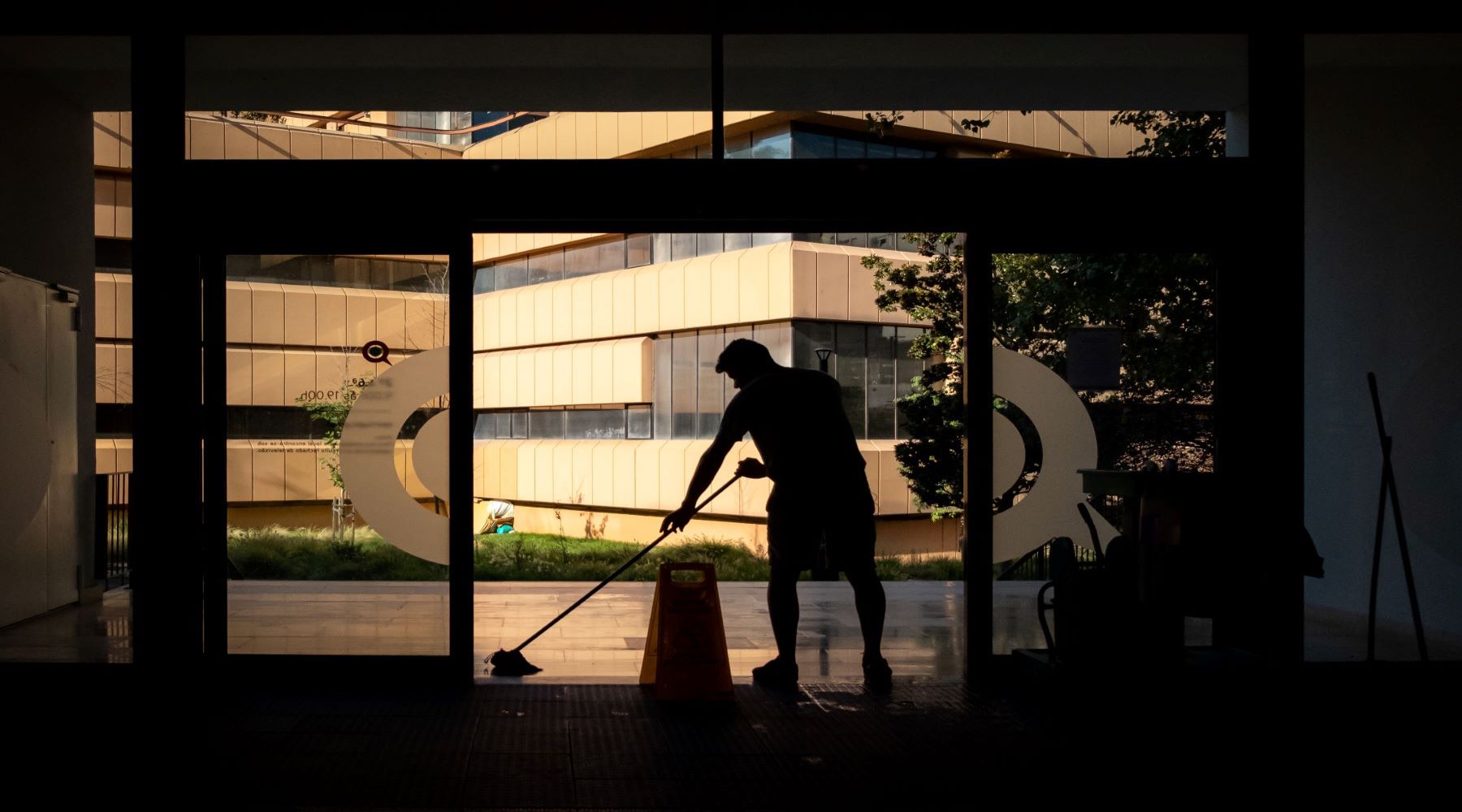McLouth Steel History
Once the ninth-largest steelmaker in the United States, McLouth Steel had three major locations in Michigan: Detroit, Trenton, and Gibraltar. Each mill operated for decades before the company went through bankruptcy and the Detroit and Trenton plants were demolished.
As with many other steel mills, a carcinogen known as asbestos was heavily used during the building and operation of the McLouth Steel facilities. Its heat-resistant properties made it useful in industrial buildings with high-temperature processes like steelmaking. While it protected workers from heat, in the long run, the asbestos exposure at McLouth Steel negatively impacted many employees, causing illnesses including mesothelioma and lung cancer.
If you’re a former McLouth Steel employee who’s suffered from one of these illnesses, reach out to Serling & Abramson, P.C., a law firm located in the Detroit area. We have over 50 years of helping Michigan residents who worked in buildings that adversely affected their health and even led to death. We’ll conduct a free review of your case and draw on our many decades of expertise to get you the compensation and peace of mind you deserve.
How The Asbestos Exposure Happened
Steel mills use extremely high temperatures to create, mold, temper, cast, and weld different types of metal. Asbestos was valued for its natural heat-resistant properties and was routinely used to insulate and heat-proof equipment.
It was also used in the thermal protective gear that steel mill workers wore, such as gloves, aprons, blankets, helmets, face masks, and chaps. As a result, many tradesmen breathed in microscopic asbestos fibers, which reached areas deep in their lungs —where mesothelioma and lung cancer can begin to form.
These workers included:
- Welders
- Smelters
- Blacksmiths
- Foundry workers
- Forge men
- Ironworkers
- Tinsmiths
- Sheet metal workers
- Structural metal craftsmen
- Pipefitters
- Plumbers
- Insulators
- Boilermakers
- Millwrights
- Laborers
- Bricklayers
- Electricians
- Carpenters
- And more
If you worked in one of these roles at McLouth Steel or a different steel mill, you may have been at serious risk of asbestos exposure. Reach out to Serling & Abramson, P.C. for a free review of your case.
Other Steel Mills Where Workers May Have Been Exposed
- Zug Island
- Great Lakes Steel
- J&L Steel
- Ford Rouge Steel
- Mill Steel
- Dearborn Works
- And others
Signs of Asbestos Exposure
The most severe illness associated with asbestos exposure is mesothelioma. It’s a cancer that forms on the protective lining covering the lungs, abdomen and organs in the thoracic cavity.
Mesothelioma takes a long time to develop: usually between 20 and 50 years after the first exposure. Common symptoms include:
- Shortness of breath
- Buildup of fluid in the lungs or abdomen
- Pleural effusion
- Unusual weight loss
- Chest pain, especially after exertion
- Bowel obstruction
- Abdominal pain
- Painful coughing
- Unusual lumps of tissue under the skin on your chest or abdomen
Note: Mesothelioma can sometimes be misdiagnosed. Discussing your work history with your doctor can help lead them to a proper diagnosis.
Various types of lung cancer are also caused by exposure to asbestos. Just like with mesothelioma, when inhaled, asbestos fibers lodge in the lung tissue. Over time, this can contribute to the development of lung cancer.
Common lung cancer symptoms include:
- Shortness of breath
- A cough that won’t go away (or gets worse)
- Coughing up blood
- Chest pain
- Hoarseness
- Loss of appetite
- Unexplained weight loss
- Feeling tired or weak
- Infections that won’t go away or keep coming back (such as bronchitis or pneumonia)
- Wheezing
Note: Victims of asbestos-related lung cancer often suffer from non-cancerous asbestosis, a non-malignant scarring of the lungs caused by inhaling asbestos fibers. This can happen before their lung cancer develops — sometimes 20 years or more after the initial exposure.
Asking The Right Questions
The attorneys at Serling & Abramson are compassionate and thorough. We want to hear about your experiences and will make sure that every angle is considered. For example:
Was anyone else in your home exposed to asbestos as a result of your employment? Your spouse could have breathed in asbestos dust while doing laundry or handling your work clothes. If they’ve been diagnosed with a related illness, let us know.
Have you already filed a suit for non-malignant asbestosis but have now developed lung cancer? Having an illness that’s related to your previous one means you may have grounds for a “second disease” case.




